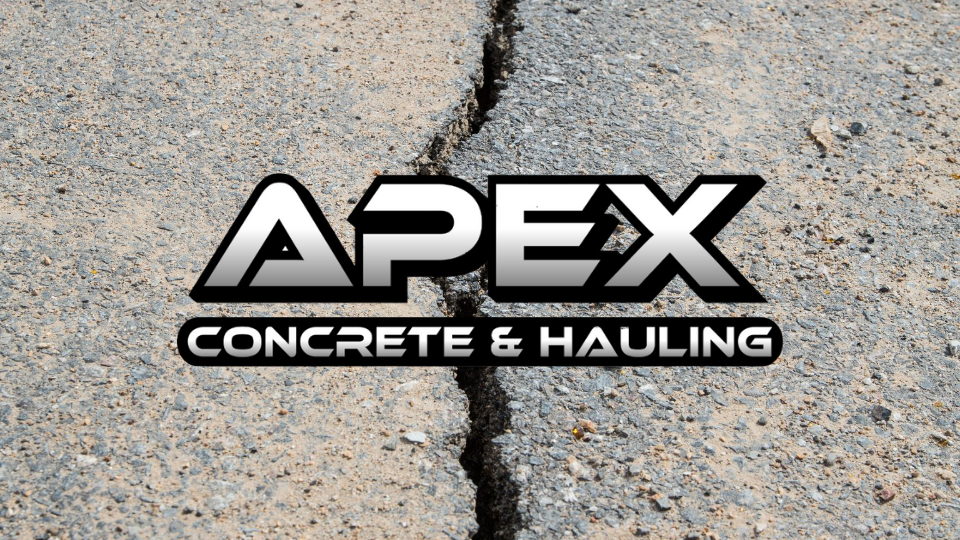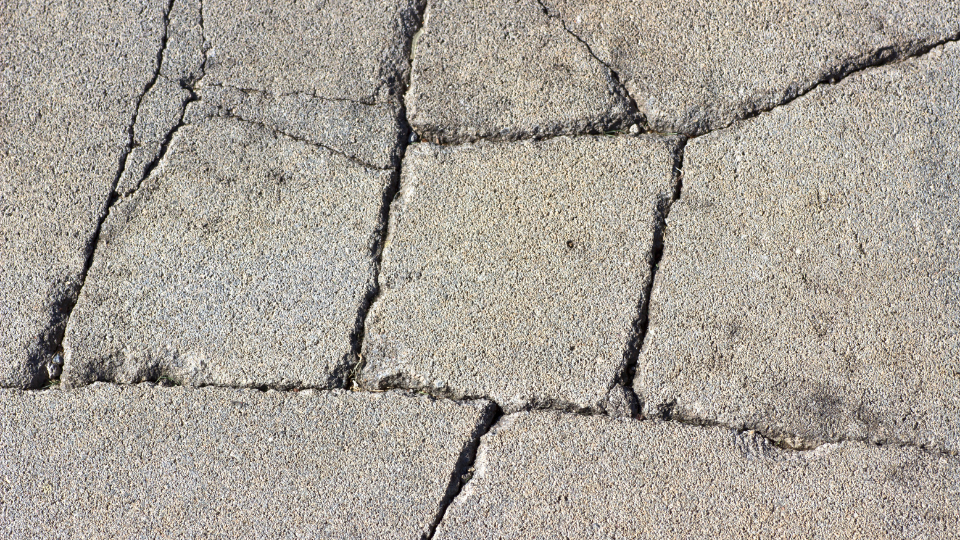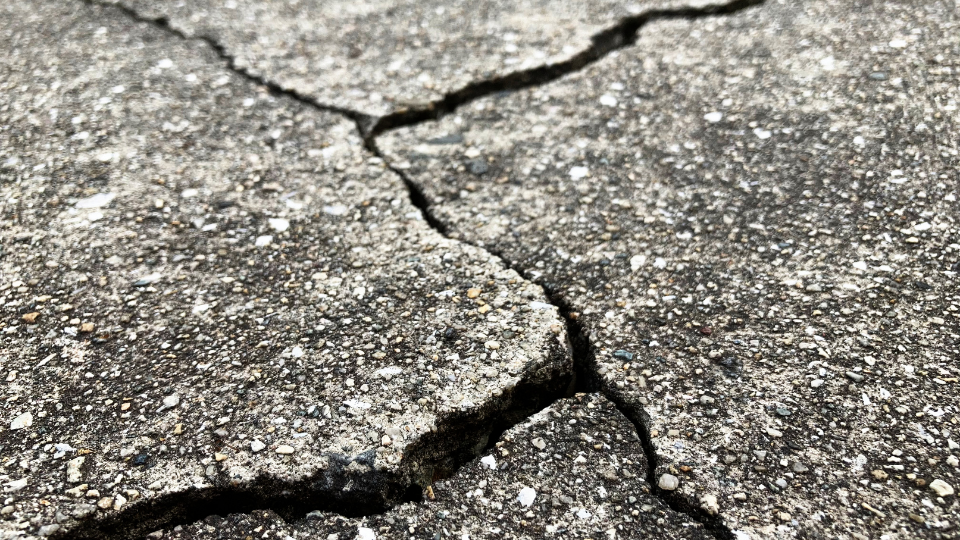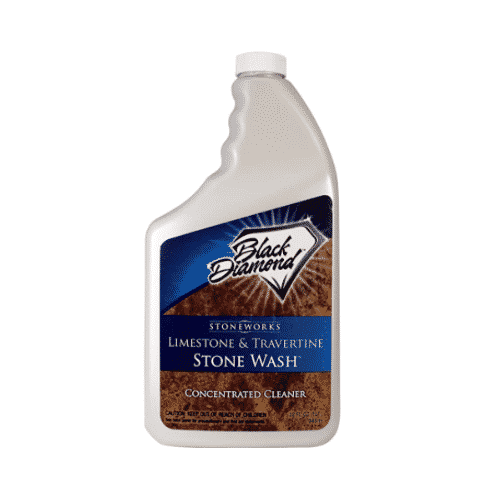There are many reasons as to why your concrete driveway may be needing repair, or already have plenty of cracks in it. Your driveway endures a lot of severe weather conditions such as repeated freezing and thawing. Additionally, heavy trucks and cars move around on your concrete driveway, and the ground can shift underneath. All of these factors contribute to the cracks inside the concrete in your driveway. Although this may seem like a big problem to fix, Filling cracks in concrete is actually quite easy. This article will explore how to repair cracks in a concrete driveway by yourself.
Identify What Kind of Repair You Need
Before you start to gather the materials for your driveway crack repair, you first need to identify what kind of repair you need to do. It is important to figure out what kind of repair you need before you begin this process as all the repairs require different materials and steps to repair the damaged concrete. Some may require just a concrete driveway resurfacing while other repairs may require a full slab replacement.
Below are the 4 most common types of concrete repairs needed for driveways:
- Crazing in Concrete
- Filling Cracks that are under ¼ inch wide
- Recoloring your Driveway
- Resurfacing Large Cracks
You can read more about identifying exactly when you need these repairs in our blog
When is it Time to Replace a Driveway?
When you see some signs of problems on your driveway, you may want to consider replacing it with the new one. Driveway damages can be caused by many different factors, such as freezing temperature, the weight of your vehicle, de-icing materials, motor oil, etc.
How To Do Repair 1: Crazing
The first type of repair is for crazing concrete. Crazing occurs when the concrete on your driveway dries too quickly. To determine if the cracking on your concrete is crazing, you should look for very fine cracks throughout the concrete. They typically would start appearing soon after the concrete is poured. Crazing is not a serious kind of concrete cracking. People usually only fix crazing in concrete for cosmetic reasons. Below are the steps as to how to fix the crazing that has occurred on your concrete driveway:
Step 1:
You need to inspect the rest of the driveway before you can fix the crazing. You have to determine if the crazing is throughout the entire driveway or just in certain sections. This will help you figure out how you can fix the crazing. It is most likely that the crazing will only appear in certain areas in smaller sections of the concrete driveway.
Step 2:
After you have located the sections of your driveway that have experienced crazing, you are able to start the repair process. For crazing, you simply can apply a resurfacing product to fix the concrete. Basically, this just puts a thin repair layer over the concrete in the cracks.
Step 3:
To apply the resurfacing product, just follow the instructions on the label. You will definitely need to clean the areas of the concrete before the product is applied to ensure the area is clean and the resurfacing product will work. You may be asking yourself how to clean a concrete driveway? A high-powered power washer will do the trick. Remember to only work on a small area at a time as the product will dry quickly. Additionally, make sure to resurfacing product is completely dry and cured before you use your driveway as normal.
How To Do Repair 2: Filling Cracks that are under ¼ inch wide
The next type of repair is fixing hairline cracks in your concrete driveway. Hairline cracks are any cracks that are under ¼ inch wide. Though these cracks do not cause any underlying damage initially, severe weather conditions can create more problems to hairline cracks. As water freezes and thaws out, the cracks can expand, especially when cars are also driving over them daily. As the cracks expand, the problems in your concrete driveway can worsen. These small cracks can be repaired, just follow these instructions:
Step 1:
Similar to the first repair, you must locate the hairline cracks in your driveway before you fix them. Determine which cracks can be repaired by seeing if they are under ¼ inch wide. Any bigger cracks should be filled by a professional to ensure there is no further damage to your concrete driveway.
Step 2:
Clean the concrete before you begin your repair. For smaller cracks, this means removing any pieces of damaged concrete along the cracks. Then locate your filler. This should be something that will bind to the concrete, and will not move in any weather conditions, like when your driveway freezes and thaws. Make sure you use a recommended concrete cleaning agent as these will not only clean but also protect.
Step 3:
After the area of the crack is completely clean you are able to begin your repair. For your repair, follow the instructions on the label. You will just need to put the crack filler in the small cracks and completely wait for it to dry before using your driveway like normal. Make sure to wait to do these repairs on a day with dry weather. If you determine the cracks are larger than a ¼ inch wide, call your local concrete driveway contractors to repair any cracks.
If you are wondering how to stop a crack in a concrete driveway before it occurs, you should discuss this with a professional. Typically, preventing cracks means waiting until your concrete driveway is completely cured and dry before you use it after it is poured. Talk to a professional to learn more tips on how to prevent cracks in your driveway.
How To Do Repair 3: Recoloring your Driveway
This type of repair is not for any crazing or cracking that occurs in your driveway, but for any discoloration to your concrete. There are many things that can cause discoloration to your driveways such as weather damage, sun damage, improper color application, absorption of oil, and much more. If you are interested in repairing the color of your driveway, follow these steps:
Step 1:
Similar to all the other first steps, you need to locate the areas in your driveway that are discolored and need the most repair. These will be the areas you will focus on when recoloring, though you should apply the new color to the entire driveway for the best results.
Step 2:
You then need to determine how you want to recolor your driveway. This could be done by applying a new coat of acid or water-based stains. If you want an even more permanent fix, consider using UV-resistant staining products. These take a while to dry though.
Step 3:
Once you have determined how you will fix your driveway, you can start the application process. Just follow the instructions on the label. Make sure to use a sealer at the end too to ensure the recoloring lasts a long time. Additionally, consider calling a professional to recolor your driveway, as they can get you the best products and results.
How To Do Repair 4:Resurfacing Large Cracks
Repairing larger cracks or damaged spots is the most difficult type of repair for your concrete driveway. These could be larger cracks bigger than ¼ inch wide or areas of sunken concrete that have caused large holes. Sunken driveways are caused by soil erosion or poorly compacted sub-grade materials. Through it is best to call a concrete professional for large cracks or sunken concrete, here are the steps to fix these problems:
Step 1:
Locate the areas in your concrete with the sunken concrete or the large cracks. Make sure the areas are clean before you start your repair. Additionally, it is best to do these repairs on days with dry weather.
Step 2:
To fix sunken concrete, you can use a method called slab jacking. This is the process of pumping a mixture of cement, sand, fly ash, or any other adhesive materials beneath the slab.
Step 3:
Make sure the area is completely dry before you drive over the repaired spots. Not waiting until it’s dry might cause more damage and you would have to repeat the process again. To ensure the repair goes smoothly, consider contacting a professional to do the job for you. They will prevent any future potholes from forming in your driveway.
Cleaning a Concrete Driveway
There are many different types of ways to clean your driveway. Some may find it best just to use a high-powered power washer to clean your driveway, others may want a cleaner to help remove any stains. Some popular concrete cleaners are:
- Acidic cleaners
- PH Neutral Cleaners
- Alkaline Cleaners
- Sulfate Cleaners
The Best Concrete Cleaning Agents
Wouldn’t it be nice if you could just throw your concrete surface in the washing machine? That whenever a spill occurs on its surface they would just evaporate into the atmosphere? As cautious as you may be, spills, stains, and other mishaps are inevitably going to display themselves upon your concrete surface.Get the Most Value out of Your Driveway with Concrete
Driveways can be quite expensive, so you want to make sure you have the right tools to install and repair any concrete cracks you may have. For any driveway repairs, consider working with concrete professionals to ensure your driveway is installed correctly. This will make your driveway less likely to have any cracks or need any repairs in the future.














